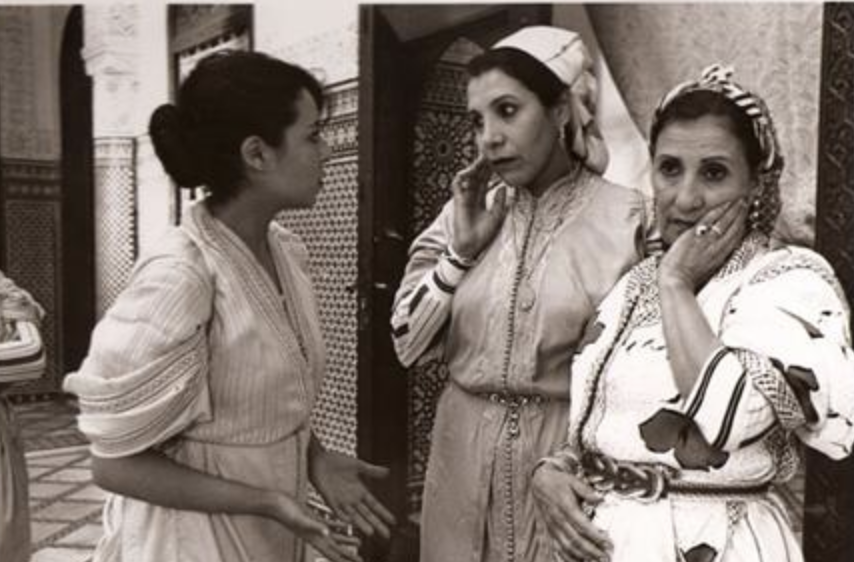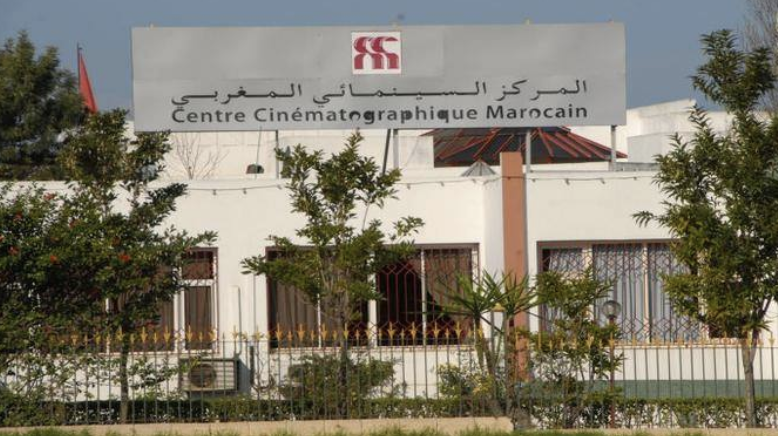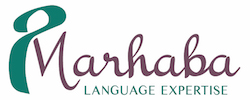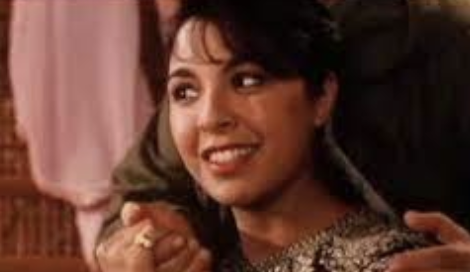The Film Industry in Morocco (1 of 2)


This mini-series consists of two posts. The first provides a historical introduction to the film industry in Morocco. How did it get started? What are the big issues that shaped, and continue to shape, this industry?
The Foreign Origins of Cinematography in Morocco
Both domestic and foreign production are best understood in the context of Moroccan history. The history of film in Morocco, like that of modern technology in most of the world, begins with colonialism. Spain invaded Morocco in 1860, and England and France’s involvement in Morocco subsequently grew until the three powers agreed in 1907 to Franco-Spanish control. During this period, The French Lumière brothers shot a few very short films in Morocco in 1896. They were the first to show a film in Morocco, presenting some footage to a limited audience in the royal palace in Fez. The sultan was about thirteen years old, having succeeded his father who died not three years earlier; the court was divided into two factions of the Grand Vizier and the Minister of War. In these circumstances of political upheaval, the sultan signed an agreement accepting the French Protectorate in 1912. French occupation and administration of Morocco, despite indigenous resistance, involved a radical shift in social organization. The French built villes nouvelles, new cities equipped with modern conveniences and colonial institutions. It was into this context that film emerged in Morocco as a foreign, elite pastime.
Colonial Establishment of Moroccan Cinema
Approximately fifty features were filmed under colonial rule (1912-1956), consisting entirely of European or American film crews. French administrators and colons (settlers) built movie theaters in the villes nouvelles; of course, they did not show films in Moroccan Arabic. However, Egyptian films became popular by the 1950s. Moroccans’ preference for Egyptian films, due to shared linguistic and cultural components, contributed to a Pan-Arab consciousness that threatened any vestige of legitimacy for colonial governments. The French administration responded by setting up a “Moroccan cinema,” funded by the Banque Nationale du Commerce et de l’Industrie (BNCI, which would come to be known as the Banque Nationale de Paris, BNP).
The first film laboratory, Cinéphane, opened in Casablanca in 1939. In 1944, the Service du Cinéma was created in the Ministry of Information, and the Centre Cinématographique Marocain (CCM) was set up to make documentary films, especially of a tourist nature. Some of these short documentaries were shown by film buses (ciné-bus) that traveled throughout rural areas to educate the masses. In 1945, the privately owned Souissi studio and laboratory opened in Rabat, forming the second highest quality studios in Africa, after Egypt. After independence, they fell into financial crisis and closed. Some Moroccans’ careers in film production began through their participation in the creation of these films (Larbi Bennani, Tayeb Saddiki, Mohammed Afifi, etc.) and a pattern developed of Moroccan filmmakers studying abroad in Paris for their training.

Moroccans’ Filmmaking Aspirations
Films played a large part in the lives of urban young people in twentieth-century Morocco. One enthusiast, Omar Akalay, wrote about his memories of 1950s Morocco and the relief that cinema provided amid political unrest. Early Moroccan films retain allusions to this unrest. For example, in Moumen Smihi’s El-Chergui (1975), the face of the exiled King Mohammed V appears in the moon, a memory generally shared by Morocco’s independence generation. Akalay’s movie star heroes have since become known as streets and boulevards: “le boulevard Zerktouni, le boulevard Rachidi, la rue Driss Lahrizi, la rue Mohammed Smiha, la rue Houmane El Fetouaki, la rue Tahar Sebti, la rue Omar Slaoui.” Akalay describes how his worldview was shaped by Hollywood films as well, by Robin Hood and Ivanhoe plots, and by political films such as Mr. Smith Goes to Washington (1939). He and other Moroccans of his generation, on watching the westerns of John Ford and others, found themselves sympathizing with the losing side (the indigenous “Indians,” who were paid meager wages to fall off horses in action scenes).
After Morocco became independent in 1956, Moroccans created short films for the CCM. Complying with state interests in popular education, they showed weekly in theaters throughout Morocco. Like a video newspaper, some of the films highlighted official events (not unlike the short films shown before feature films in the United States in the same period).
Government Advocacy of a National Cinema
The Cinema Support Fund was instituted one year before independence; it oversaw the price of tickets. A fee was added to the normal ticket price to offset costs of film production and the building of new theaters. However, charging a fee did not solve the problems that post-colonial countries face when aspiring to build a national cinema.
In African francophone countries generally, “the distribution system continues to be largely closed to indigenous filmmakers, supplying instead a diet of American, Indian, and Chinese films; local production is therefore starved for money and equipment, so that one cannot really talk of a film industry—production is artisanal, informal and sporadic.”
Jonathan Haynes, “Nigerian Cinema: Structural Adjustments,” African Cinema: Postcolonial and Feminist Readings, ed. Kenneth W. Harrow(Trenton, NJ: Africa World Press, 1999) 143.
The Moroccan government took steps in the 1980s to support a national film industry, instituting a cinema tax and forming a commission for film production and promotion. This support enabled an increase in Moroccan film production. In the twenty-two years from 1958 to 1980, only twenty films had been completed. In contrast, thirty-one films were created in five years from 1980 to 1984 (El-Khodari 56). The CCM and funding have developed and grown gradually (the CCM provides details here).
The Distribution Debate
A very select group of people control most film distribution, favoring an import-based monopoly of Moroccan cinemas. Most imported films come from only four countries: USA, France, India, and Italy. Egyptian films tend to come in video forms, as opposed to films for theaters. The profits gained by foreign films, and the low incentive to invest in Moroccan films, kill local market potential. The state may only monitor and issue statements and rulings. In newspaper pages devoted to film criticism, Moroccans sometimes write columns calling on the state to take actions initiating a more comprehensive protectionist policy.
Distributors and exhibitors claim that Moroccan films will not fill theaters. The number of theaters is symbolic of their sense that their business has shrunk and is endangered. The debate revolves around opposing priorities and the definition of a national cinema: cultural patrimony vs. commercial product. While filmmakers and government officials may support the former, for distributors and exhibitors, cinema is a business. Foreign productions sell cheaply because by the time they arrive in Morocco, they have already more than earned their costs from previous distribution. In addition, foreign productions come replete with a range of publicity materials, the cost of which Moroccan distributors could not afford. Distributors have claimed that Moroccan films did not draw large enough audiences to warrant their showing, but there have been some exceptions, notably distributor Najib Benkirane’s great success with Tazi’s film Looking for My Wife’s Husband (1995). Other challenges to Moroccan films included: a lack of advertising, the excessive raising of ticket prices, and the limited showing of Moroccan films in only one or two theaters nationally.
Due to foreign domination of domestic markets, festivals provide the most publicity and viewing of Moroccan films available. They also promote Morocco’s image as a modern, advanced member of the international community. The CCM created the National Film Festival (Festival National du Film Marocain) in 1982 to showcase new Moroccan films, at least for a domestic audience. In addition, annual film festivals such as the Festival International du Cinéma Mediterréen de Tetouan (since 1985) and the Festival International du film à Marrakech (FIFM) provides international publicity for Moroccan films.
A Period of Transition
Like most industries worldwide, the film industry in Morocco is in a period of transition. For instance, focusing on public theater spaces no longer holds up as it did prior to the COVID-19 pandemic. Film distribution has also moved online. The implications of these changes in viewing (moving from public viewings to private viewings and from brick-and-mortar to virtual) are still to be realized. Some of the same challenges to Moroccan films still remain and new challenges will arise.
Sources
- Akalay, Omar. Au service du cinéma marocain (Casablanca: Editions les belles couleurs, 2003).
- Dwyer, Kevin. Beyond Casablanca: M. A. Tazi, Moroccan Cinema, and Third World Filmmaking (Cairo: The American University in Cairo Press, 2004).
- El Khodari, Khalid. Guide des réalisateurs marocains. Rabat: Imprimerie El Maarif El Jadida, 2000.
- Masnawi, Mustafa al-. Abḥāth fī l-sīnamā l-maghribiyya. Casablanca: Matba‘at al-nijah al-jadida, 2001.
Next Time: Two Film Industries in Morocco

